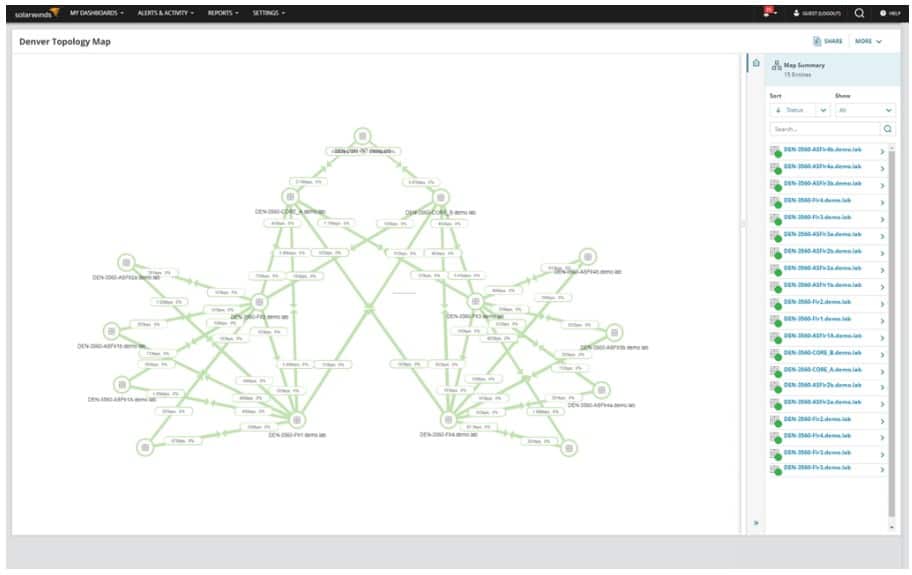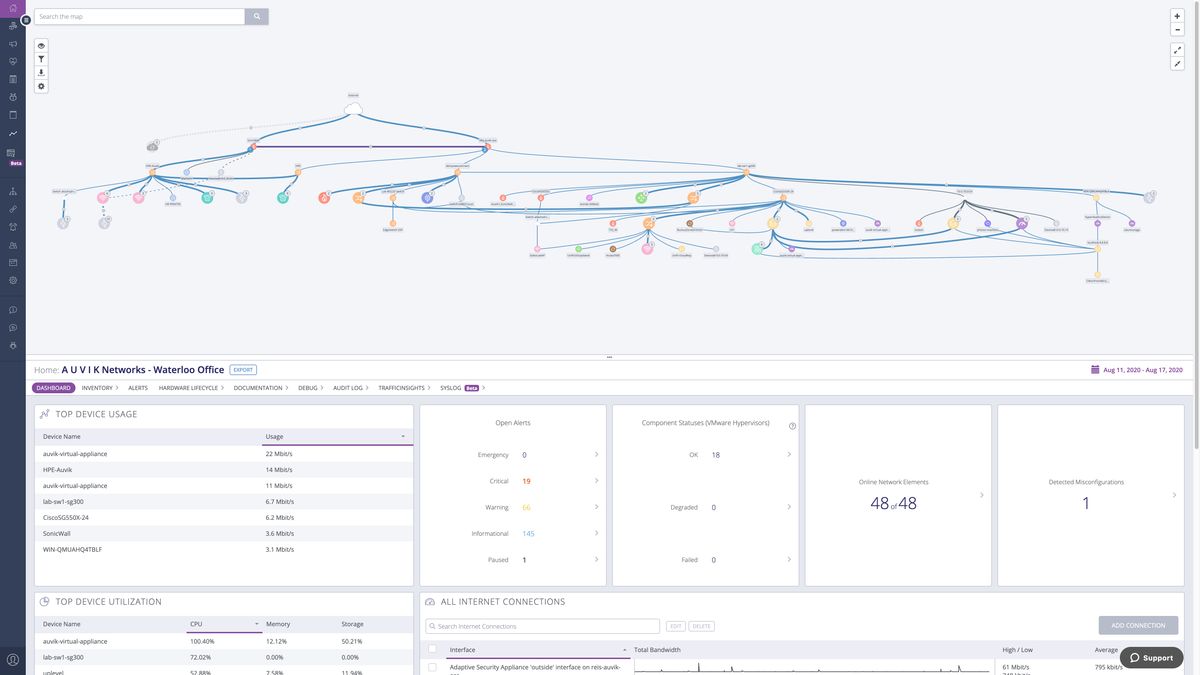

Stricter data quality initiatives: Among many organizations and large international companies, there has been a big push to improve the quality of data. End-to-end data lineage can be used to facilitate this. For DBAs to accommodate these requests, they must be able to trace data transformations and explain each transformation’s path. Supervisory and audit requirements: Along the same lines, recent trends reveal IT supervisors and auditors want more granular reporting data beyond the standard aggregated reports and results. Although these regulatory documents don’t explicitly mention “data lineage,” many specialists and industry experts consider data lineage the best way for organizations to meet these requirements. The Basel Committee on Banking Supervision (BCBS) standard number 239, the EU General Data Protection Regulation (GDPR), the International Financial Reporting Standard (IFRS) 9, and the European Central Bank’s targeted review of internal models are all examples of stricter legislation requirements organizations must take into consideration. New legislation requirements: With cybersecurity threats on the rise, regulatory bodies worldwide have a vested interest in ensuring organizations manage their data responsibly. The following four IT trends are driving an interest in data lineage and O/R mapping: Data lineage is often visually represented by showing a set of linked components like data, applications, and data controls. Without a way to pinpoint precisely where data errors have occurred in the environment, it’s challenging for DBAs to identify, find, and fix data quality issues before they negatively affect business operations. The term data lineage also refers to the history of an organization’s data for the entirety of its existence, including where the data has traveled in the past. Additionally, as data sources and applications change, O/R mapping lets DBAs maintain a consistent view of objects over time.ĭata lineage, an essential part of business metadata management, represents how data flows from its point of origin to its point of usage or destination. By hiding and encapsulating change in the data source itself, the ORM is the only thing required to keep up when data sources or APIs change-the purpose here is to protect applications.
#Solarwinds network topology mapper switched code
O/R mapping manages all of the mapping details between the objects in your environment, the underlying relational databases, XML repositories, and any other data sources while simultaneously hiding interfaces from programmers and the code they create. Object-relational mapping (ORM) makes it possible for database administrators (DBAs) to manipulate objects in their environments without worrying about how those manipulations will negatively affect how those objects relate to their data sources. Surveillance des performances des applications Web à l’intérieur du pare-feu.

Surveillance synthétique et réelle par l’utilisateur des applications Web en dehors du pare-feu.

Suivi, recherche et dépannage en temps réel des applications et environnements Cloud Surveillance et affichage des données machine à partir des applications et de l’infrastructure à l’intérieur du pare-feu, et optimisation de la plate-forme SolarWinds® Orion®. Surveillance des performances de l’infrastructure et des applications pour les applications commerciales prêtes à l’emploi et SaaS conçues pour la plate-forme SolarWinds® Orion®.įonctions hébergées, rapides et puissantes d’agrégation, d’analytique et de visualisation de téraoctets de données machine dans des infrastructures et applications hybrides et sur le Cloud. Surveillance des performances de l’infrastructure et des applications SaaS, suivi et mesures personnalisées pour les applications destinées aux environnements hybrides et Cloud.


 0 kommentar(er)
0 kommentar(er)
